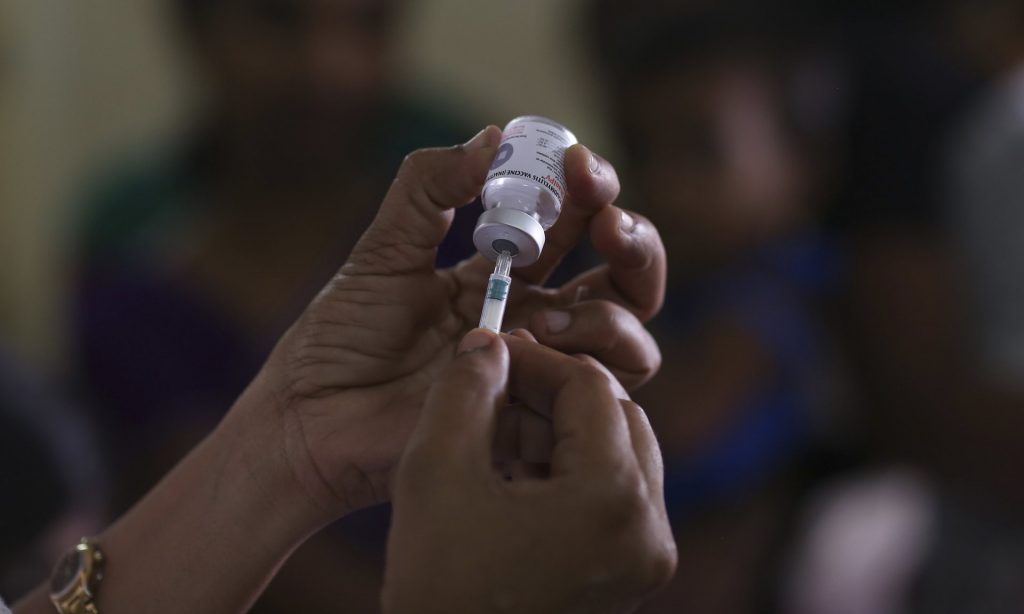Kenyan women on long-acting contraceptives recorded higher rates of sexually transmitted infections, compared to the general population, a new study reveals.
The study was done in four African countries, Kenya included, showed that a high number of women in the study who went for modern family planning methods had gonorrhoea and chlamydia.
Most affected are girls aged 16 to 24 years.
THREE YEARS
The reason, the study states, is that long-acting contraceptives do not require repeated healthcare visits and are probably the most convenient preventive modalities.
The trial released last month was conducted over three years in Kenya, eSwatini, Zambia and South Africa.
The highly publicised Evidence for Contraceptive Options and HIV Outcomes (Echo) trial, confirmed hormonal contraceptives do not increase women’s risk of becoming infected with HIV.
The Echo study began in December 2015, enrolling and following 7,829 sexually active, HIV-negative women aged 16 to 35 years across 12 clinical trial sites in the four countries.

In Kenya, 900 women in Kisumu took part in the study, locally coordinated by the Kenya Medical Research Institute.
It was meant to establish whether the use of hormonal contraception, particularly Depo, may increase women’s risk of HIV acquisition.
The Echo trial included sexually active, HIV-negative women aged 16-35 years, seeking effective contraceptives and willing to be randomly assigned one of the three hormonal contraceptive methods.
Women were followed for 12-18 months across nine sites in SA, three in Kenya, eSwatini and Zambia.
“Few studies had examined whether hormonal implants or IUDs affected users’ risk of HIV acquisition,” said Nelly Mugo, head of the sexual, reproductive, adolescent and child health research programme at Kemri.
The randomised, open-label clinical trial conducted compared HIV risk women on the three most commonly used methods of hormonal contraception: the DMPA-IM shot, a copper intrauterine device (IUD) and a levonorgestrel (LNG) implant.
WAKE-UP CALL
According to the findings, chlamydia infection was 18 per cent at baseline (start of the study) and 15 per cent at last visit. Overall, gonorrhoea stood at five per cent; this is despite treatment during follow-up visits.
“There is a lack of progress in stopping the spread of STIs worldwide. This is a wake-up call for those concerned. We should ensure everyone, everywhere can access the services needed to prevent and treat these debilitating diseases,” Dr Peter Salama, the executive director for Universal Health Coverage and the Life-Course at WHO, said.
“We need truly integrated and comprehensive care, this means that every woman should be able to receive effective and quality contraceptive counselling, STI and TB screening and HIV care under one roof,” Lucy Stackpool-Moore, International AIDS Society Director of HIV Programmes and Advocacy, said during the release of the results.
Experts also recommended STI testing should now be offered at family planning clinics.
Dr James Kiarie, the coordinator of WHO’s human reproduction team, said the number is huge and a wake-up call to provide a way forward.
“Women seeking family planning had high rates of gonorrhoea and chlamydia. Chlamydia infection was 18 per cent at baseline (start of the study) and 15 per cent at last visit. Overall gonorrhoea was five per cent,” said Jen Dees, an epidemiologist with FHI 360.
More than a million people around the world would have acquired a sexually transmitted infection daily, the World Health Organisation says, expressing concern over lack of progress in stopping their spread among 15-49-year-olds.
CURABLE STIs
In a report, WHO said chlamydia, gonorrhoea, trichomoniasis and syphilis four of the most common venereal infections account for more than a million new cases of curable STIs daily.
The agency said more than 376 million new infections are recorded every year despite cures.
“There is lack of progress in stopping the spread of STIs worldwide. This is a wake-up call those concerned. We should ensure everyone, everywhere can access the services needed to prevent and treat these debilitating diseases. “Dr Peter Salama, the executive director for Universal Health Coverage and the Life-Course at WHO said.
“We need truly integrated and comprehensive care, this means that every woman should be able to receive effective and quality contraceptive counselling, STI and TB screening and HIV care under one roof,” Lucy Stackpool-Moore, International AIDS Society Director of HIV Programmes and Advocacy, said during the release of the results.
Experts also recommended STI testing should now be offered at family planning clinics.
Dr James Kiarie, the coordinator of WHO’s human reproduction team, said the number is huge and a wake-up call to provide a way forward.
“STIs have been forgotten. These were women participating in a clinical trial and had access to treatment, yet STI prevalence was still high,” he said.
“We must be careful we don’t turn family planning solely into HIV prevention services. WHO is looking at the evidence and synthesising it and on July 29 we will come with guidelines on the use of contraceptives for women with a high risk of HIV,” he said.
He also called for an integrated family planning approach.

